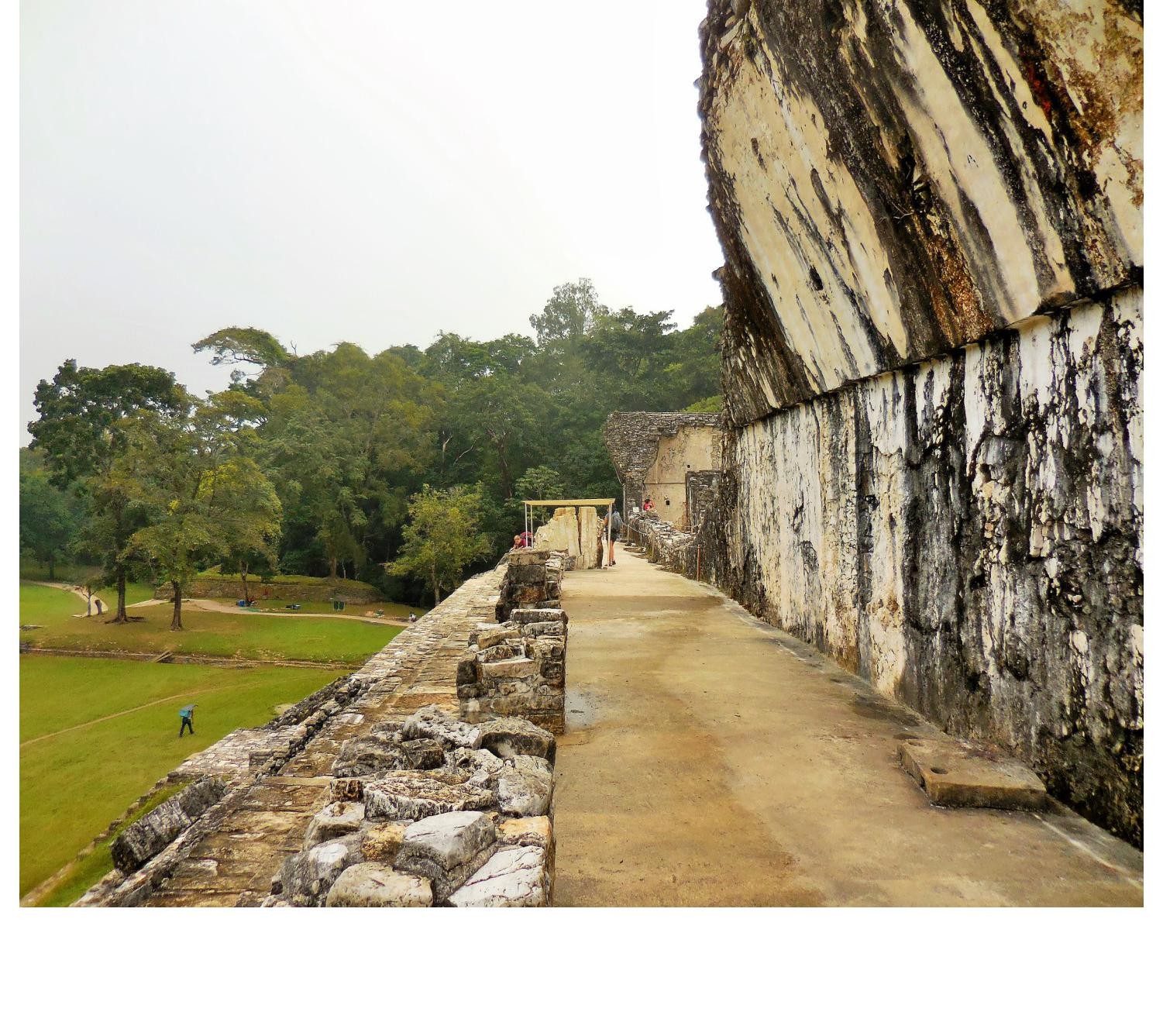By Manzanillo Sun Writer from the December 2016 Edition
Several other expeditions visited the ruins before Frans Blom of Tulane University in 1923, who made superior maps of both the main site and various previously-neglected outlying ruins and
filed a report for the Mexican government on recommendations on work that could be done to preserve the ruins.
From 1949 through 1952, Alberto Ruz Lhuillier supervised excavations and consolidations of the site for Mexico’s National Institute of Anthropology and History (INAH); it was Ruz Lhuillier who was the first person to gaze upon Pacal the Great’s tomb in over a thousand years. Ruz worked for four years at the Temple of Inscriptions before unearthing the tomb. Further INAH work was done in lead by Jorge Acosta into the 1970s.
In 1973, the first of the very productive Palenque Mesa Redonda (Round table) conferences was held here on the inspiration of Merle Greene Robertson; thereafter every few years leading Mayanists would meet at Palenque to discuss and examine new findings in the field. Meanwhile Robertson was conducting a detailed examination of all art at Palenque, including recording all the traces of color on the sculptures. The 1970s also saw a small museum built at the site.

By 2005, the discovered area covered up to 2.5 km² (1 sq mi), but it is estimated that less than 10% of the total area of the city is explored, leaving more than a thousand structures still covered by jungle.
Owners of Baja Amigos RV Caravan Tours
Experiences from our 90-day Mexico RV Tour: January 7-April 5, 2016
www.BajaAmigos.net
Download the full edition or view it online
Manzanillo Sun’s eMagazine written by local authors about living in Manzanillo and Mexico, since 2009




You must be logged in to post a comment.